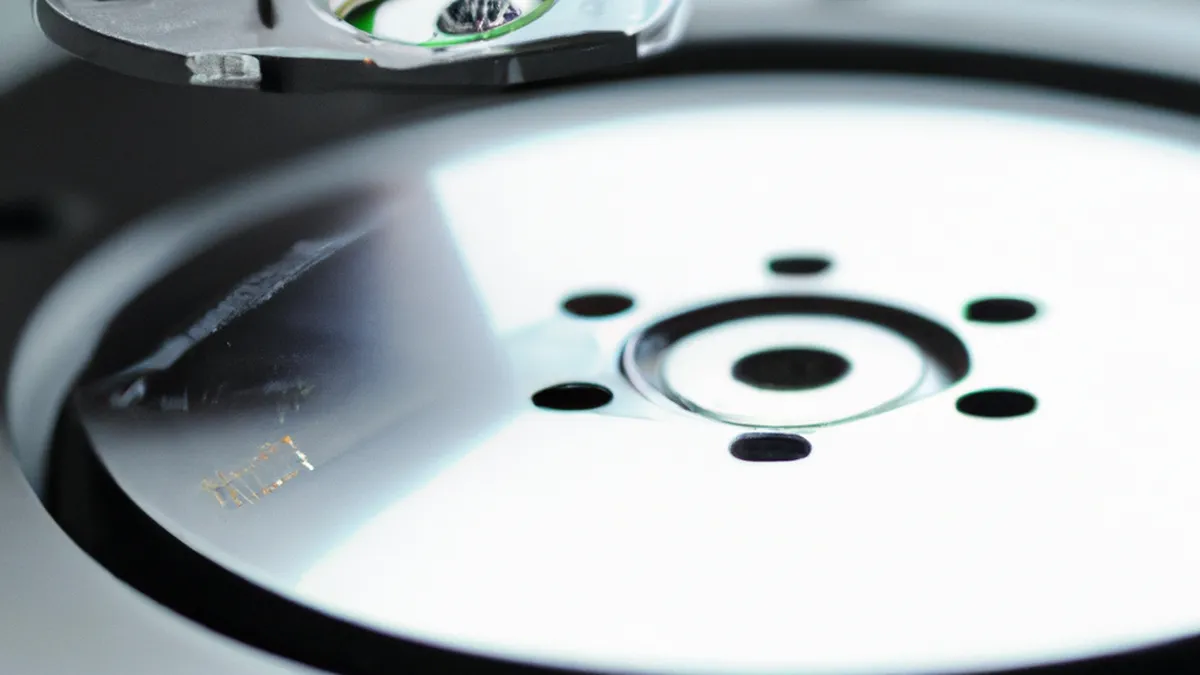Sleep Hygiene: Naps and Aging Well
Napping Considerations for SeniorsAs we age, sleep patterns change significantly. Many seniors need naps to recharge during the day. Napping can be both beneficial and challenging. Understanding effective napping enhances well-being and supports a healthy lifestyle. This article explores the importance of napping, ideal durations, optimal timing, practical tips, and benefits for seniors.
The Importance of Napping
Napping offers various benefits, especially for seniors. Physical and mental fatigue accumulate throughout the day. A short nap serves as a restorative break. Napping combats fatigue, boosts mood, and improves cognitive function. For many seniors, a brief rest enhances alertness, making daily tasks easier and more enjoyable.
The Science Behind Napping
Research shows that napping positively affects brain function. The brain processes and consolidates information during sleep. This process is crucial for memory retention and learning. For seniors facing cognitive decline, even a short nap refreshes the mind and improves focus. Napping also lowers cortisol levels, reducing stress and promoting relaxation.
Ideal Nap Duration
As an Amazon Associate I earn from qualifying purchases.
Gear tip: consider sleep mask, white noise machine, and infrared heating pad to support this topic.
Nap duration significantly impacts its benefits. Generally, naps should last 20 to 30 minutes. This timeframe allows entry into lighter sleep stages without deep sleep. Deep sleep can cause sleep inertia, leading to grogginess upon waking. Short naps refresh you without disrupting nighttime sleep.If you feel extremely fatigued, consider a 90-minute nap. This length allows for a complete sleep cycle, rejuvenating you. Adjust your napping habits according to your sleep needs.
Best Times to Nap
Nap timing significantly affects its effectiveness. The best time to nap typically falls in the early afternoon, between 1 PM and 3 PM. Most people experience a natural energy dip during this time. Napping too late can interfere with nighttime sleep, causing difficulties falling asleep. Aim for an early afternoon nap to maintain a healthy sleep schedule.
Tips for Effective Napping
Creating an ideal napping environment enhances nap quality. Here are practical tips for effective napping:
Create a Comfortable Space
Find a quiet, dark, and comfortable place for your nap. Use blackout curtains to block light. Consider earplugs or a white noise machine to eliminate distractions. A comfortable pillow and blanket improve your napping experience.
Conclusion
In conclusion, understanding effective napping can significantly benefit seniors. Prioritize napping to enhance your overall well-being and daily functioning.
Below are related products based on this post:
FAQ
Why is napping important for seniors?
Napping is important for seniors as it helps combat physical and mental fatigue accumulated throughout the day. A short nap can boost mood, improve cognitive function, and enhance overall alertness, making daily tasks easier and more enjoyable.
What is the ideal duration for a nap?
The ideal duration for a nap is typically between 20 to 30 minutes, which allows entry into lighter sleep stages without causing grogginess. If feeling extremely fatigued, a 90-minute nap can be beneficial as it completes a full sleep cycle, rejuvenating the individual.
When is the best time for seniors to take a nap?
The best time for seniors to nap is in the early afternoon, specifically between 1 PM and 3 PM, when most people experience a natural energy dip. Napping too late in the day can interfere with nighttime sleep, making it harder to fall asleep at night.















Post Comment